Can you identify this pattern and maker of silver
nanny2a
14 years ago
Related Stories
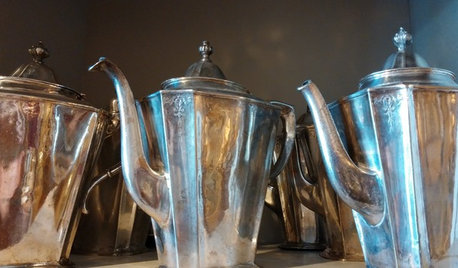
TRADITIONAL STYLEDecorating With Antiques: Silver’s Legacy
Learn how to tell sterling from plate, ways to display pieces and why silver is so darn special to begin with
Full Story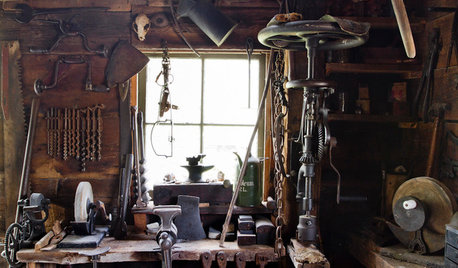
MATERIALSAre You a Maker? Show Us Your Favorite Tool or Material
Houzz Call: A tool or material can be a maker’s best friend. We’d like to see your favorite — and what it helps you achieve
Full Story
SMALL HOMESCan You Live a Full Life in 220 Square Feet?
Adjusting mind-sets along with furniture may be the key to happiness for tiny-home dwellers
Full Story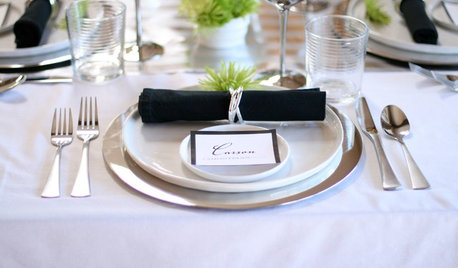
ENTERTAININGA Place for Everything: Beautiful Ways to Style Your Table
Polish your silver and pull out your china as we look at how tables were laid out traditionally and how they shine now
Full Story
MATERIALSTextile Textbook: The Joy of Jacquards
Here’s how a 19th-century invention led to a wealth of textile patterns for your home
Full Story
NEUTRAL COLORS10 Ways to Make Your Neutral Palette Shine
Wake up your beige and gray with a rich combination of texture, shape and pattern
Full Story
HOUZZ TOURSMy Houzz: Art and Fashion Inspire in a Maryland Family Home
White walls provide a clean backdrop for a downtown home infused with art, pattern and fashion
Full Story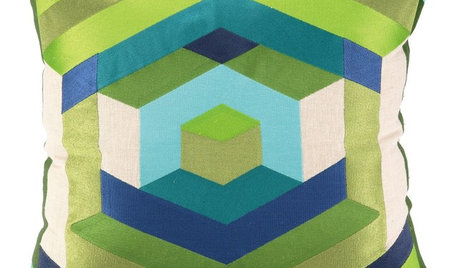
PRODUCT PICKSGuest Picks: Graphic Geometrics Figure Into Decor
Show good form by factoring the shapely patterns trending in 2013 into your interior decorating
Full Story
FURNITURE11 Reasons to Love a Gray Sofa
See how a sofa in this neutral shade can take on anything you mix with it, from soft to sharp and everything in between
Full Story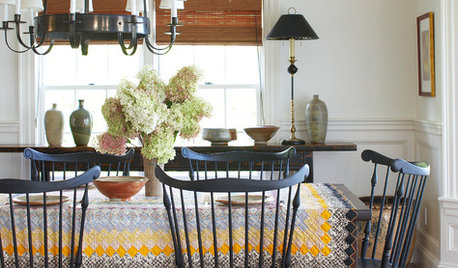
DECLUTTERINGEscape the Inheritance Trap: What to Do With Sentimental Pieces
Too meaningful to toss but too hideous, precious or unusual to display? These ideas can help
Full StoryMore Discussions


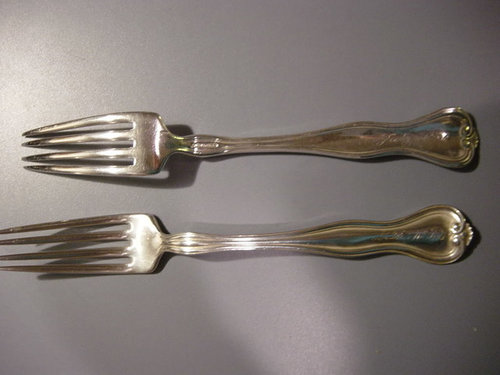
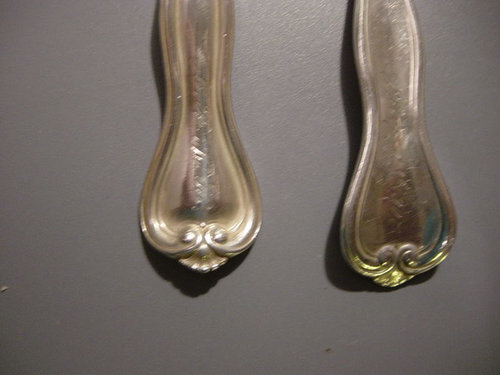
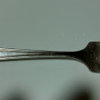



antiquesilver
lindac
Related Professionals
Camarillo Furniture & Accessories · Newnan Furniture & Accessories · Boulder Painters · Avenel Painters · Berea Painters · Fridley Painters · Oak Forest Painters · Pearland Painters · South Gate Painters · Vermilion Painters · Madison Furniture & Accessories · Thousand Oaks Furniture & Accessories · Jacinto City Furniture & Accessories · Sarasota Professional Organizers · Elk Grove Village Professional Organizersnanny2aOriginal Author
nanny2aOriginal Author
antiquesilver
antiquesilver
sunnyca_gw
antiquesilver
nanny2aOriginal Author
antiquesilver
nanny2aOriginal Author